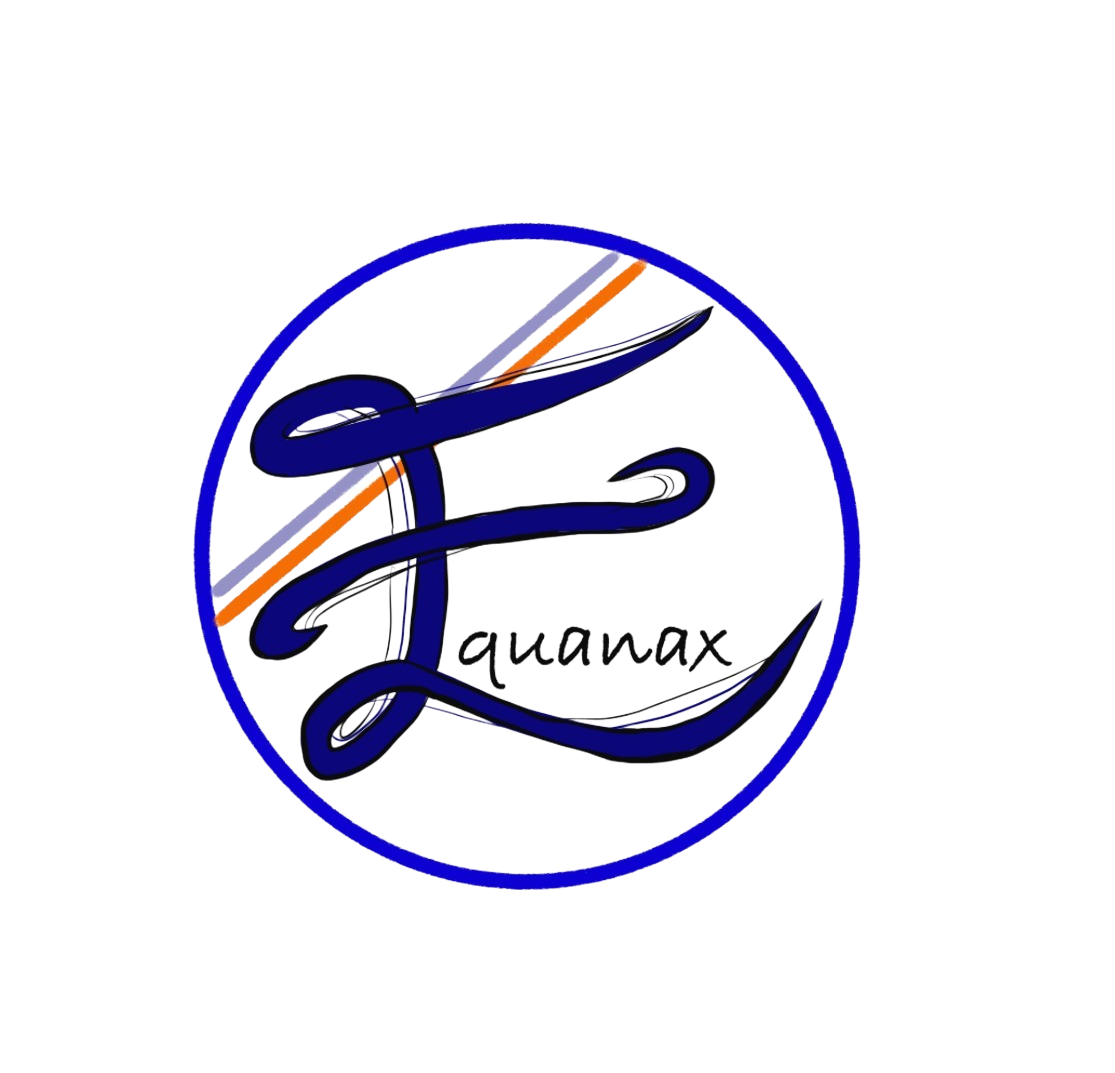SaaS Growth Strategies 2025: Product-Led Growth & CAC Efficiency
This article may contain affiliate links that we get paid on.
Table of Contents
Introduction: Why the SaaS Growth Playbook Changed Forever
End of Outdated GTM Models
Modern SaaS Customer Acquisition in Practice
Product-Led Growth Metrics That Win in 2025
Efficient Scaling with Smarter CAC Management
Get Started With Equanax
FAQ: Tackling SaaS Growth Right Now
Introduction: Why the SaaS Growth Playbook Changed Forever
The way SaaS startups acquire their first customers has changed permanently. A dataset of over 1,000 B2B SaaS companies revealed one striking fact: any outdated customer acquisition strategy that worked five years ago now leaves most startups invisible. Cold outbound, keyword-stuffed blogs, and inflated ad budgets no longer drive consistent pipeline.
Modern buyers discover, evaluate, and adopt software differently. Peer validation, seamless onboarding, and instant value proof now determine buying decisions. Two structural shifts explain this transformation. First, automation across RevOps has shortened the buyer journey, making friction intolerable. Second, SaaS buyers self-educate—exploring demo sandboxes, free trials, and community insights long before speaking to sales.
Successful SaaS teams entering 2025 are winning not by scaling legacy models, but by engineering their GTM around activation, trust, and measurable conversion. For example, a London HR SaaS gained traction through a private Slack community instead of ads, while a Berlin API security startup halved its CAC by offering a live product sandbox as its main funnel. These approaches reflect a new standard—proof before pitch.
End of Outdated GTM Models
The GTM strategies that dominated SaaS until 2020—cold outbound, generic whitepapers, and paid social—are now unprofitable. Rising CACs mean blasting 10,000 LinkedIn messages burns budget without conversion. Paid clicks are increasingly expensive, and algorithmic saturation has crushed ROI.
LinkedIn automation tools once seen as growth hacks now flood inboxes with near-zero engagement. Similarly, search rankings favor depth and authority over volume. The once-effective “spray and scale” model is obsolete. Companies still relying on these tactics face invisible branding, churn-heavy signups, and investor skepticism.
Consider a French FinOps SaaS that tried scaling AdWords: CAC ballooned to $6,000 per customer, destroying margin. A U.S. procurement SaaS saw outbound collapse when decision-makers demanded proof, not pitches. As outlined in modern sales qualification frameworks, success now depends on contextual engagement, not content quantity.
Modern SaaS Customer Acquisition in Practice
High-performing SaaS startups now build around precision and personalization. Instead of broad ICPs, they define micro-segments and automate targeting through platforms like Apollo and HubSpot. Personalized onboarding demos and contextual nurture flows outperform high-volume outbound sequences.
Community-led and partner-led GTM strategies are emerging as cost-effective growth levers. For example, a CRM SaaS in Spain built a founder-led Discord community that outperformed paid acquisition. Similarly, marketplace integrations with Pipedrive opened qualified pipelines organically.
Scaling SaaS in 2025 resembles building connected “neighborhoods” of trust rather than high-traffic highways. The most effective B2B lead generation strategies now prioritize ecosystems, partnerships, and community alignment over ad spend.
Product-Led Growth Metrics That Win in 2025
Product-led growth (PLG) dominates SaaS expansion, but it only works when onboarding is built for immediate value realization. Effective PLG means every trial user experiences success within minutes—not days. This requires frictionless signups, guided activation, and milestone-based nudges.
Key PLG metrics include:
Time to First Value (TTFV): The speed at which users experience core benefits.
Feature Adoption Depth: How many features are engaged before conversion.
Trial-to-Paid Conversion: The ultimate validation of onboarding efficiency.
Platforms like Reply.io help automate follow-ups triggered by product behavior, aligning outreach with user context. A Singapore-based compliance SaaS improved trial conversion from 7% to 19% by adding automated in-app checklists that guided users to activation milestones.
These results echo data-backed frameworks such as customer activation strategies, proving that well-engineered onboarding replaces manual selling as the growth lever of choice.
Efficient Scaling with Smarter CAC Management
The best SaaS operators in 2025 treat CAC visibility as a performance system, not an afterthought. Benchmarks from 2024 CAC data show efficient companies maintaining payback periods under 12 months.
Smart scaling requires automation-first operations. RevOps infrastructure automates lead scoring, contract workflows via PandaDoc, and qualification routing—reducing cost per conversion.
PLG-led SaaS models scale best when combined with selective sales overlays. Once self-serve adoption establishes trust, human-assisted sales can target enterprise expansions. Teams analyzing activation cohorts through precise metrics identify where sales intervention adds value versus automation sufficing.
Think of SaaS scaling like mountain climbing: speed alone kills, but calibrated instrumentation ensures survival. CAC insights, PLG activation data, and automation architecture serve as those instruments—enabling startups to ascend sustainably instead of burning out.
Get Started With Equanax
If your SaaS team is transitioning from outdated GTM tactics to efficient, product-led models, Equanax can help. We specialize in activation design, CAC efficiency, and RevOps automation—helping SaaS leaders build scalable, predictable growth systems. Partner with Equanax to align your PLG and RevOps motions for measurable, sustainable success in 2025 and beyond.
FAQ: Tackling SaaS Growth Right Now
Q1: Which SaaS channels work best in 2025?
Community-led, product-led, and ecosystem-driven channels outperform traditional paid campaigns.
Q2: How can I lower CAC sustainably?
Automate RevOps, use behavioral triggers via tools like Lemlist and MeetAlfred, and refine ICP targeting.
Q3: What improves trial conversions most effectively?
In-app activation nudges, guided onboarding, and contextual communication double trial-to-paid conversion rates.
Q4: What’s a healthy CAC payback benchmark?
Under 12 months is optimal for efficient early-stage SaaS.
Q5: How can RevOps support scalable growth?
Implement advanced acquisition frameworks that align product behavior data with outbound orchestration, ensuring growth remains both predictable and efficient.

